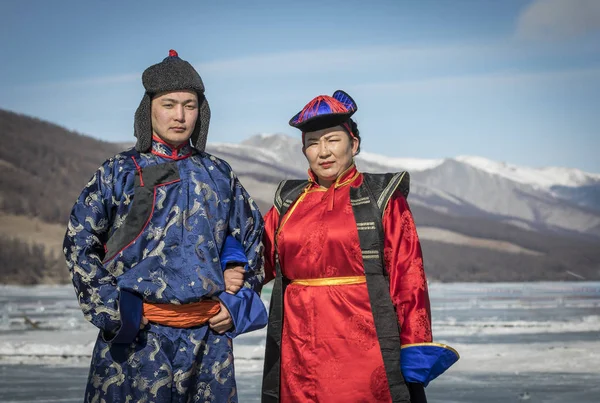 |
POPULATION STATISTICSUrban vs. Rural: How Mongolia’s Population is Shifting Over TimeMongolia, known as the "Land of the Eternal Blue Sky," has undergone significant demographic changes over the past century. While it was once a predominantly rural and nomadic society, urbanization has transformed the country's population distribution. Today, Mongolia faces a critical challenge: balancing rapid urban growth with the preservation of its traditional rural lifestyle. In this article, we will explore the historical shifts in Mongolia’s population, the factors driving urbanization, and the impact these changes have on both urban and rural communities. 
The Historical Context: From Nomadic to Urban SocietyFor centuries, Mongolia’s population was largely rural, with most people engaged in nomadic herding. This lifestyle was deeply connected to the country’s vast steppes and harsh climate, as herders moved seasonally to find fresh pastures for their livestock. However, the 20th century brought significant changes.
As a result, Mongolia’s population distribution changed dramatically, with Ulaanbaatar—the capital—becoming the dominant urban hub. The Rise of Ulaanbaatar: A City Overwhelmed by GrowthToday, Mongolia’s urban population accounts for more than 68% of the total population, with nearly half of all Mongolians living in Ulaanbaatar. The capital has seen an unprecedented population boom over the last few decades due to several factors:
However, this rapid urbanization has led to serious challenges:
Rural Mongolia: A Declining Population and Cultural ShiftsWhile cities like Ulaanbaatar continue to expand, many rural areas are experiencing population decline. Several challenges contribute to this trend:
Despite these difficulties, rural Mongolia remains a key part of the country’s identity. Many Mongolians still value the nomadic lifestyle, and there are efforts to preserve traditional herding culture. What Lies Ahead? The Future of Mongolia’s Urban-Rural BalanceMongolia faces a crucial challenge: how to manage urban growth while maintaining its rural heritage. Some potential solutions include:
Mongolia’s population shift from rural to urban areas is a reflection of global trends, but it also presents unique challenges and opportunities. While Ulaanbaatar continues to grow, efforts must be made to support both urban and rural communities to ensure a balanced and sustainable future. The challenge for Mongolia is not just about managing its cities but also about preserving the traditions that define its identity.
Thank you for visiting this website. Last modified on 2006-10-30 by Jan Lahmeyer
|